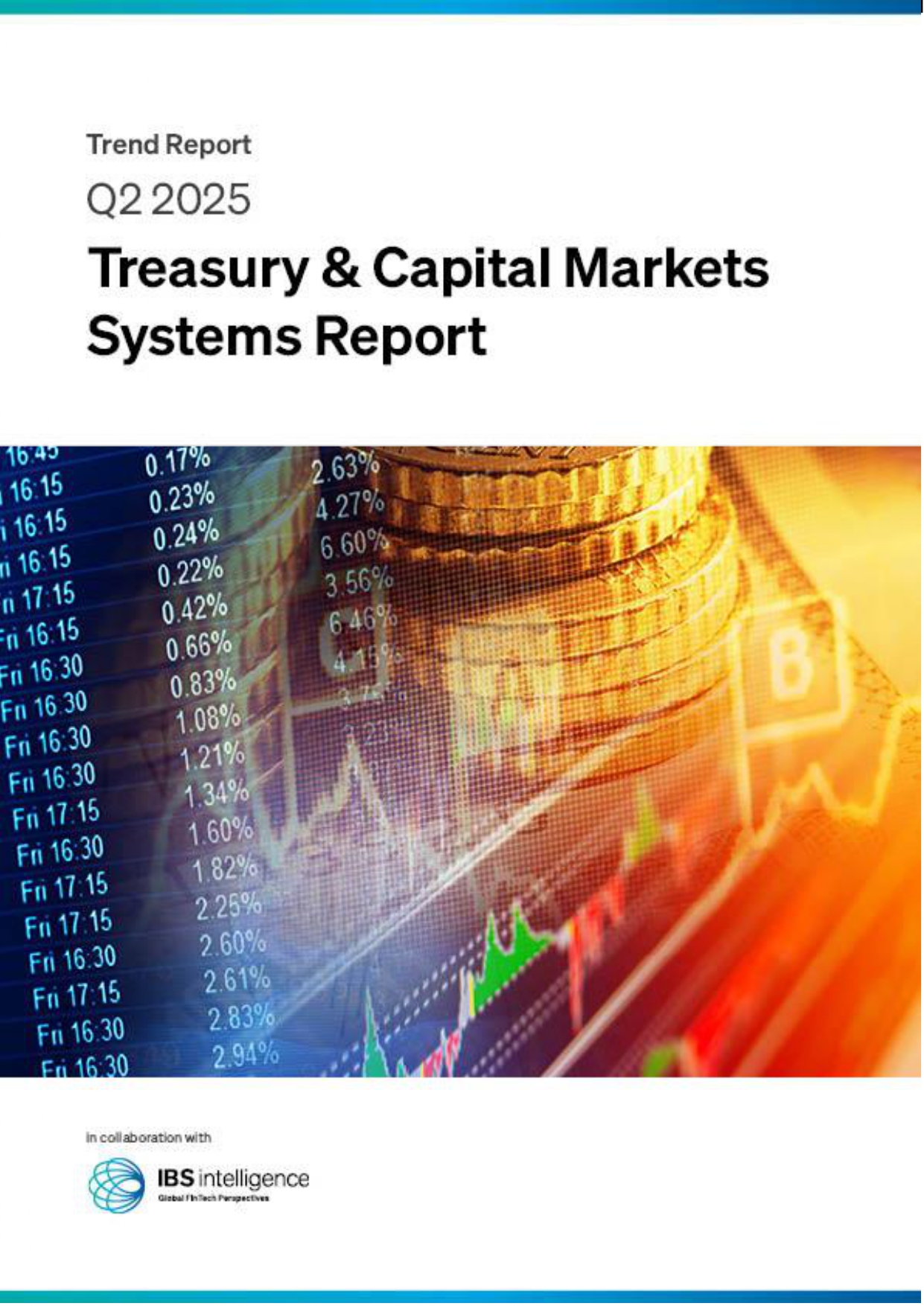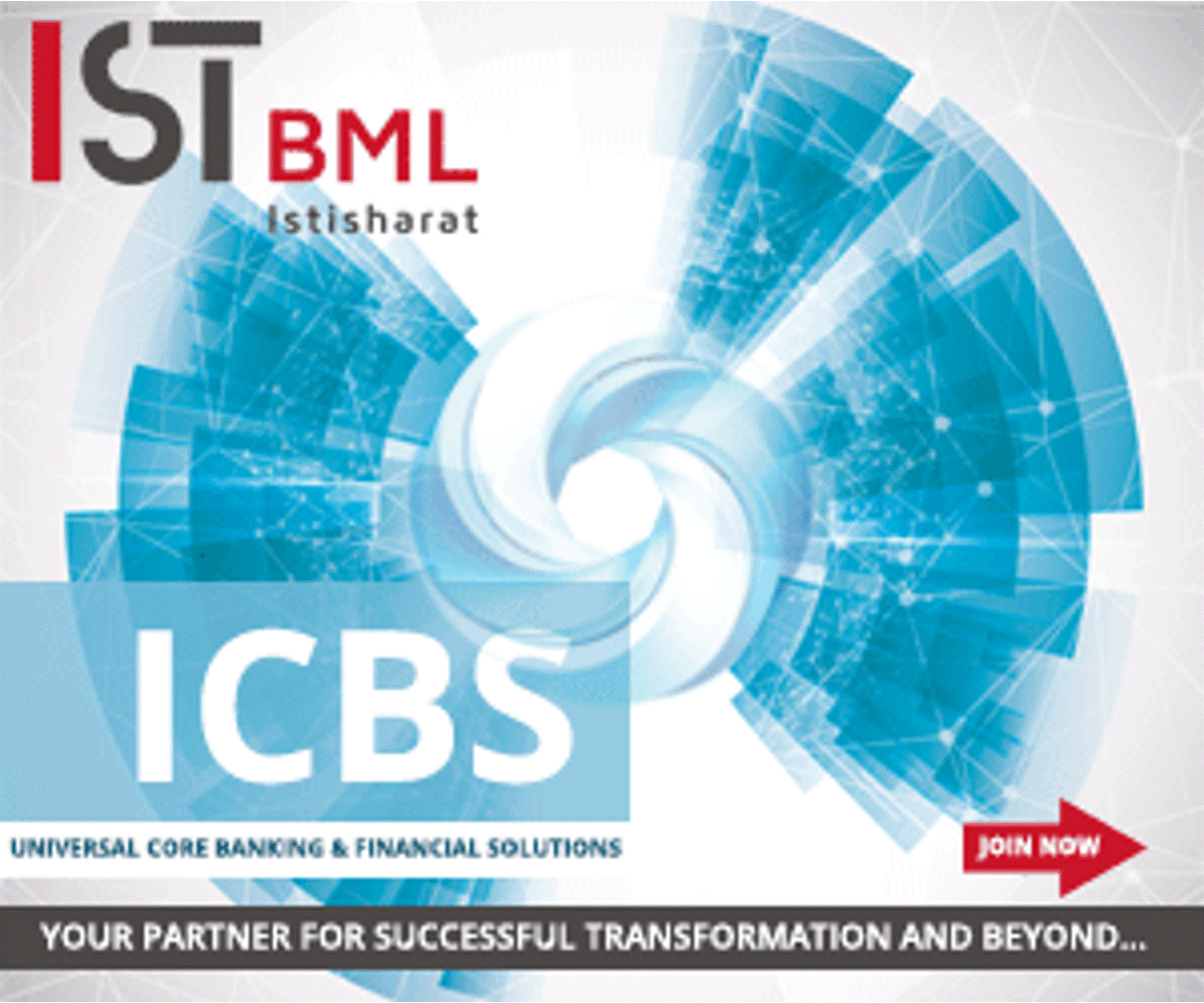 Back
Back
With deeper penetration across India, UPI sees record growth at retail stores in 2023
By Puja Sharma
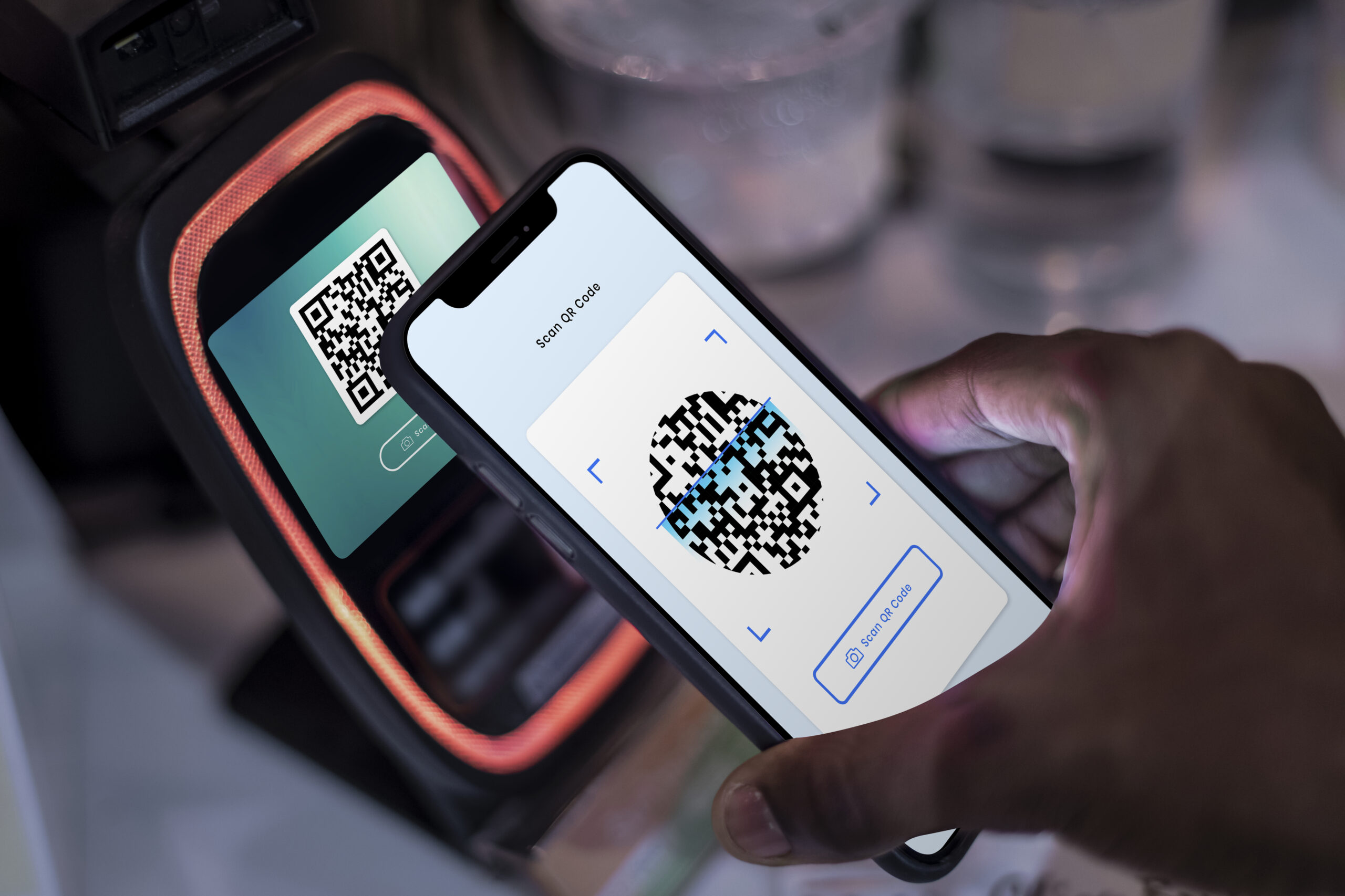
- Insurance policy purchase and insurance premium collection saw a massive 150% growth in transaction and 140% in customer adoption ·
- PAN Card issuance services have seen a steep growth of 437% ·
- During PM-Kisan Samman Nidhi fund release, cash withdrawal on an average grew by 36% as compared to the rest of the year ·
- Amongst credit products, personal loan and gold loan, saw good adoption at the last mile, crossing seven-figure mark in disbursements within few months of launch ·
- Bill payments service at local stores witnessed an increase of 74% in value and 39% in volume
PayNearby, India’s branchless banking and digital network, released data report ‘Retail-O-Nomics’. It highlights Unified Payments Interface (UPI) transactions saw a 118% and 106% increase in volume and value respectively at semi-urban and rural stores, representing the growing adoption of UPI beyond Tier II regions in the country.
In addition, mPOS (Mobile Point of Sale) acceptance too witnessed a growth of 5% in value, emphasising the increasing adoption of cutting-edge technology among small merchants. Insurance policy purchases and premium collections surged by 150% in transaction volume and 140% in new customer adoption, underlining the role of digital retail stores in addressing the challenges of insurance penetration in Bharat, and their gradual evolution into multi-utility centres for citizens.
The report has been prepared based on transactions conducted across a million-plus PayNearby retail touchpoints, consisting of kirana stores, mobile recharge stores, medical shops, customer service points (CSPs), travel agents, etc. throughout the country. The findings compare business data from January to November 2023 with the same period in the year 2022.
As per the report, the nationwide new registered retailer count increased by 9%, underscoring the eagerness of the retail community to participate in India’s growth story by facilitating assisted financial and digital transactions at nearby stores.
Overall, transactions grew by 10% both in volume and value. The transactions include not only banking and financial services, but also digital services like utility payment, cash collection, credit, insurance, assisted commerce and more, indicating a significant behavioral shift among consumers in these regions towards assisted digital methods for their banking and lifestyle needs, contributing to their integration into the formal economy.
In 2023, Micro ATM and AePS cash withdrawals, pivotal for rural and semi-urban digital counters (retail stores), fell short of expected growth. However, MATM device demand remained robust, marking a 17% surge in purchases compared to last year. Although transaction volume decreased, the average cash withdrawal per transaction grew slightly from ₹2595 in 2022 to ₹2624 in 2023. Notably, AePS withdrawals surged consistently by 30-40% during DBT releases, notably during PM Kisan Yojana credits, as compared with the rest of the year.
The report also highlights a staggering 65% surge in cash collection at retail counters, reflecting soaring demand for credit and financial solutions nationwide. With an average monthly collection of ₹1,700 crores, the company witnessed heightened demand across various processes, including a remarkable 25% surge in EMI collections for NBFCs, MFIs, and Small Finance Banks. This uptick in EMI collections signifies a rising awareness and interest in credit and financial offerings at the grassroots level.
Additionally, growth in subscriptions for OTTs, online education, and online gaming underlines a latent demand for digital services, indicating Bharat’s growing affinity towards digital products. Amongst credit products, business, personal, and gold loans gained rapid traction, surpassing a seven-figure mark in loan disbursement. Impressively, 21% of applicants were new to credit (NTC), reflecting a growing trend.
The average age of 28-30 highlights a dynamic, youthful entrepreneurial base. These loans, catering to SMEs’ working capital and individual lifestyle upgrades, underscore the urgent need for scalable, affordable credit solutions for India’s unhindered progress.
The assisted e-commerce segment, meta-commerce emerged as another significant highlight this year, with a network of ~40,000 retailers actively engaged in providing eCommerce services. Particularly noteworthy is the substantial traction of the Branded Shop category, featuring top brands across consumer electronics, mobile accessories, kitchen appliances and more. Popular categories in the ecommerce portfolio include grocery, grooming, toys, and healthcare products. The average ticket size in the branded shop category was ₹3,184, while for the rest of the ecommerce portfolio, it was ₹1,586. FY 2023 saw a surge in re-banking at retail counters, opening 175,000 new current and savings accounts
Commenting on the report findings, Anand Kumar Bajaj, Founder, MD & CEO, PayNearby, said, “Embracing rural India’s pulse, Retail-O-Nomics depicts a narrative where hinterlands not only keep pace with urban areas but actively integrate into the formal economy.”
He added, “The surge in GTV results from not only the growth in traditional banking and ATM services but also the adoption of products like UPI and MPOS, NTC credit solutions, insurance, eCommerce and more. Despite this, there’s still a huge untapped market needing the right product, pricing, and distribution for easier adoption.”
IBSi FinTech Journal
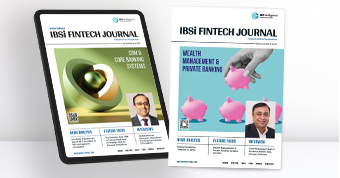
- Most trusted FinTech journal since 1991
- Digital monthly issue
- 60+ pages of research, analysis, interviews, opinions, and rankings
- Global coverage
Other Related News
Related Reports

Sales League Table Report 2025
Know More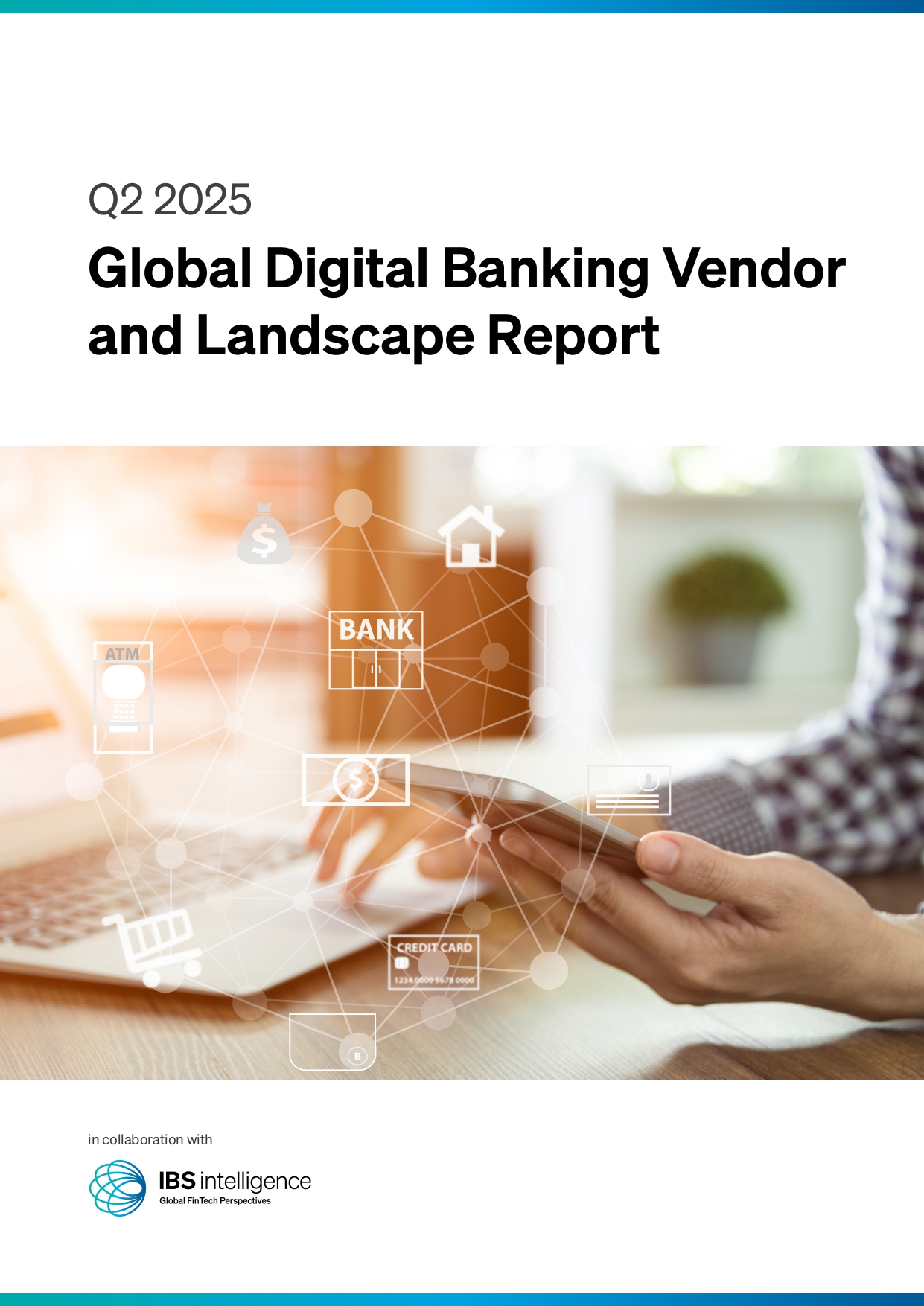
Global Digital Banking Vendor & Landscape Report Q2 2025
Know More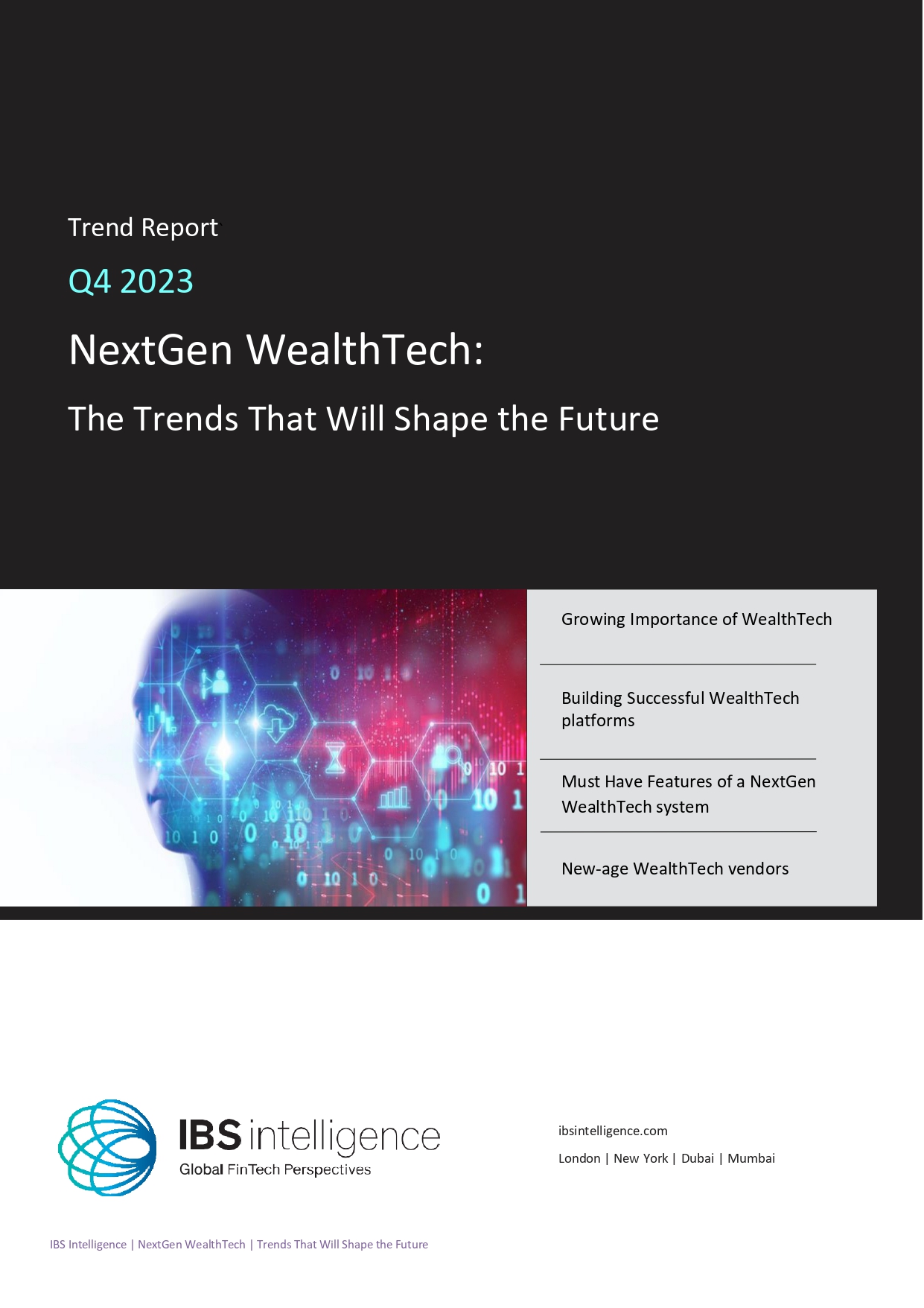
NextGen WealthTech: The Trends To Shape The Future Q4 2023
Know More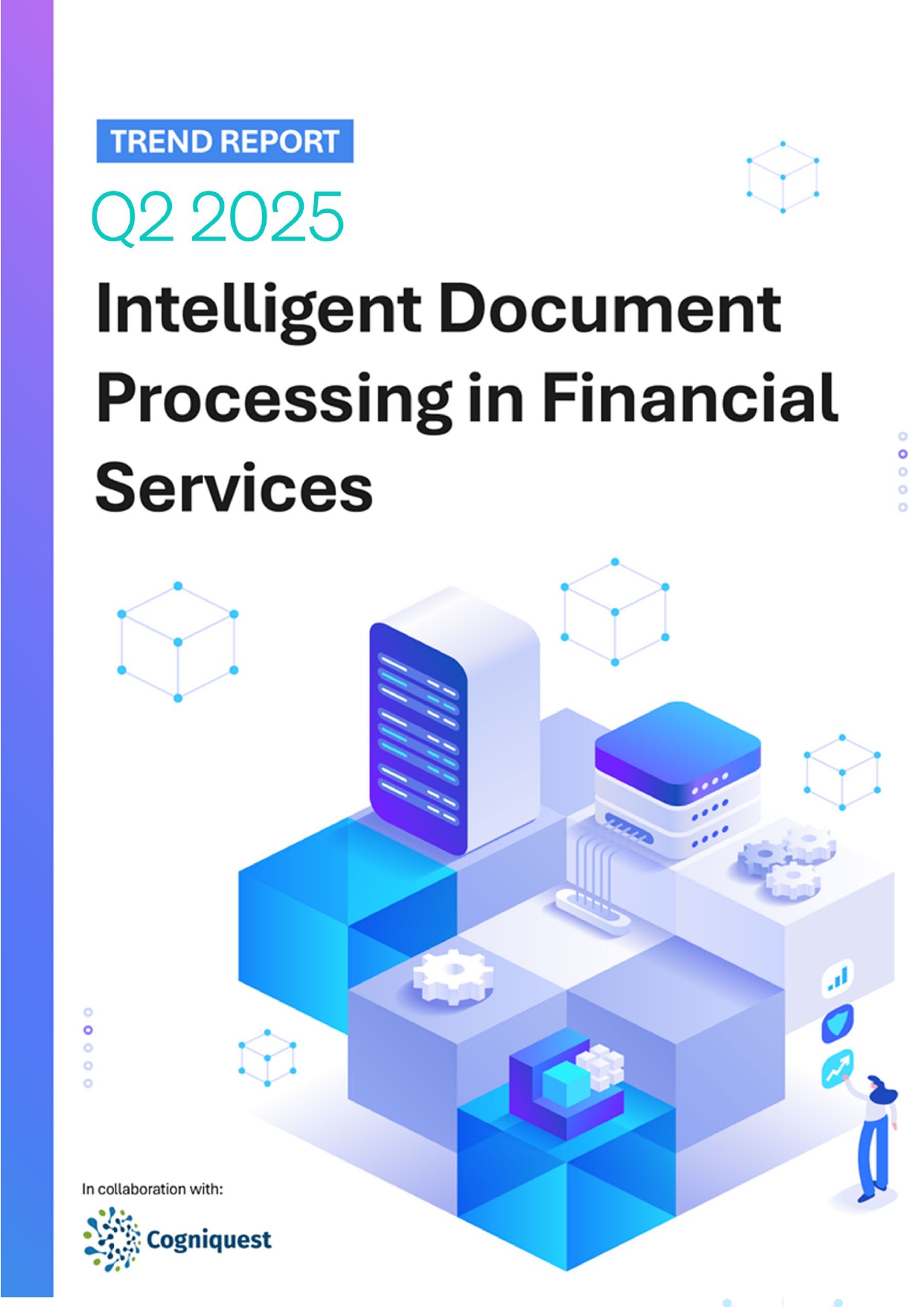
Intelligent Document Processing in Financial Services Q2 2025
Know More